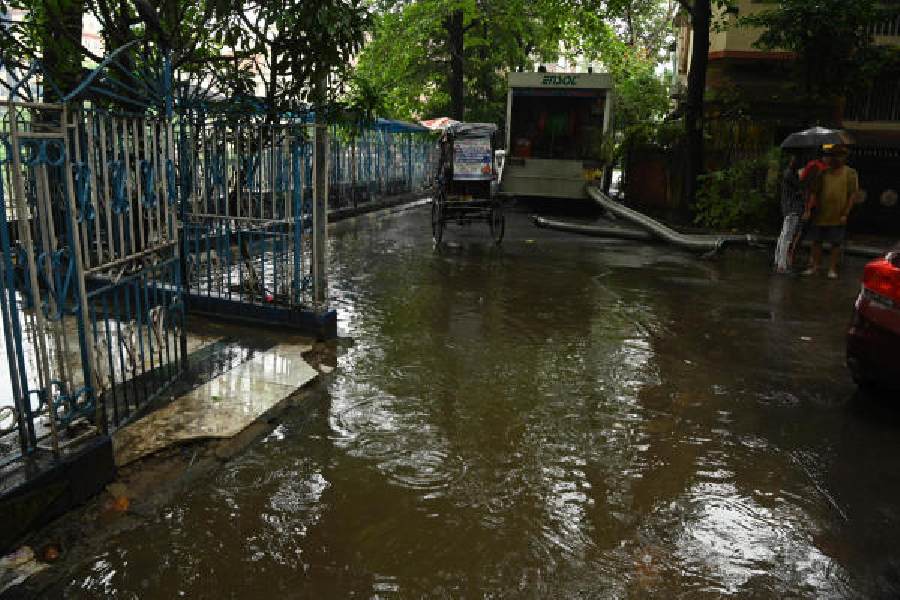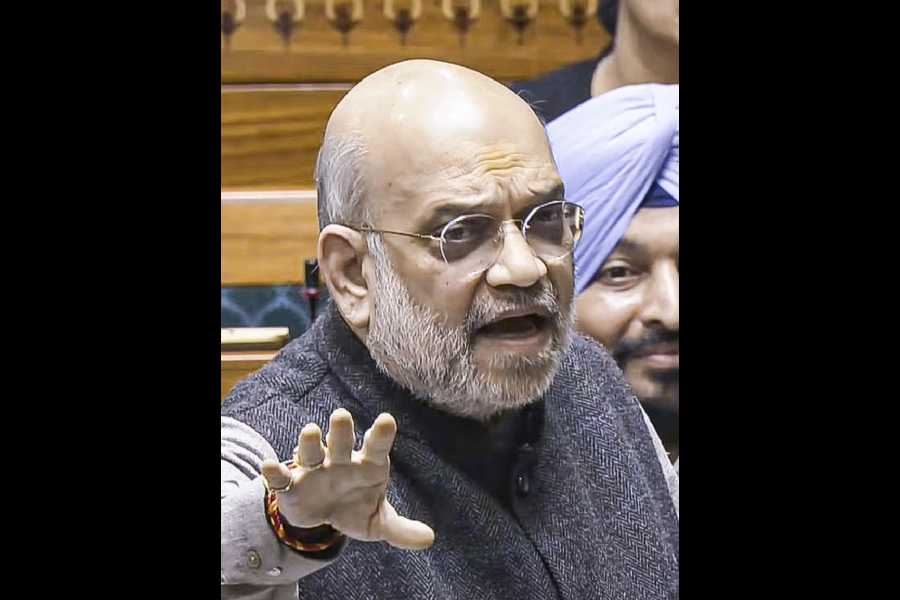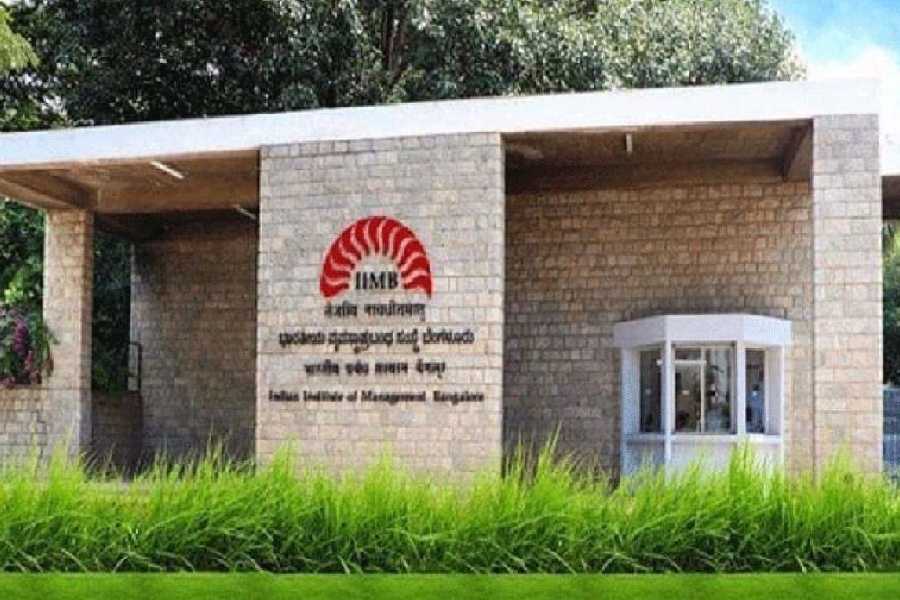Heavy rainfall on Tuesday left large parts of the city underwater, with waterlogging persisting into Wednesday afternoon in several areas.
Jodhpur Park and neighbouring localities remained flooded until late Tuesday, while stretches of Sarat Ghosh Garden Road were still waterlogged on Wednesday afternoon. The parking area of an apartment building on the street was completely inundated. Parts of Mukundapur also remained under water on Wednesday afternoon.
Kolkata Municipal Corporation (KMC) officials attributed the flooding to a combination of factors: choked canals flowing at capacity, heavily silted underground sewer lines that slowed drainage, plastic waste blocking street-level gully pits, and a high tide in the Hooghly River that coincided with the intense rainfall.
Choked canals
The network of canals that normally drains storm water from Calcutta was overwhelmed. Many canals were filled to their brim, and further rain could have caused them to breach their banks, according to KMC sources.
Encroachments along the waterways, indiscriminate dumping of waste, and lack of regular cleaning have severely compromised the canals’ capacity in many areas.
However, KMC officials were more inclined to blame the volume of rainfall than inadequate maintenance.
“At the Chowbhaga drainage pumping station, we try to maintain a water level of 0.8 or 0.9 metres, but on Tuesday afternoon the water level reached 1.8 metres. It showed how much it had rained,” said a senior KMC engineer. “Naturally, the water level in the canals also rose and their capacity to drain water was reduced.”
Tide trouble
Central and south Calcutta roads remained flooded late into Tuesday because high tide in the Hooghly river forced KMC to keep sluice gates closed for about four hours starting at 10am.
Camac Street remained underwater until about 2.30pm. SN Banerjee Road was waterlogged until afternoon, as were multiple stretches of CR Avenue and MG Road.
“The sluice gates were closed when it was still raining heavily or the most intense spell had just stopped. We didn’t get time to drain the water into the Hooghly before the gates had to be closed,” argued a KMC official.
With sluice gates closed, stormwater had virtually no escape route. The drainage pumping stations that direct water eastward were already struggling to handle water from other parts of the city.
“Take Camac Street, for example. If the sluice gates were open, the water could have drained into the Hooghly and receded faster. With the gates closed, water remained trapped in the underground drainage network. Camac Street’s sewage goes to Ballygunge Drainage Pumping Station, but that station also handles water from multiple other neighbourhoods. So water on Camac Street drained very slowly,” the official said.
Creaking infrastructure
BB Ganguly Street remained flooded even on Tuesday afternoon due to heavily silted sewer lines underneath.
A KMC official said the civic body will begin a project to desilt the lines soon, but acknowledged it was unlikely to have any positive impact this monsoon.
The century-old brick sewer lines run 2.7 kilometres from the General Post Office to the Sealdah flyover, where they connect with another brick sewer. The silted drains mean rainwater from a much larger surrounding area takes longer to recede.
Plastic problem
KMC officials said plastic debris and leaves floating in floodwater also blocked gully pit openings in several locations.
Gully pits are roadside water inlets that channel rainwater into underground sewer lines. “If the mouth of gully pits get clogged with plastic, it further hinders drainage,” said the engineer.
The flooding highlighted the interconnected nature of Calcutta’s drainage challenges, where ageing infrastructure, poor maintenance, and extreme weather events combined to create widespread urban flooding.










